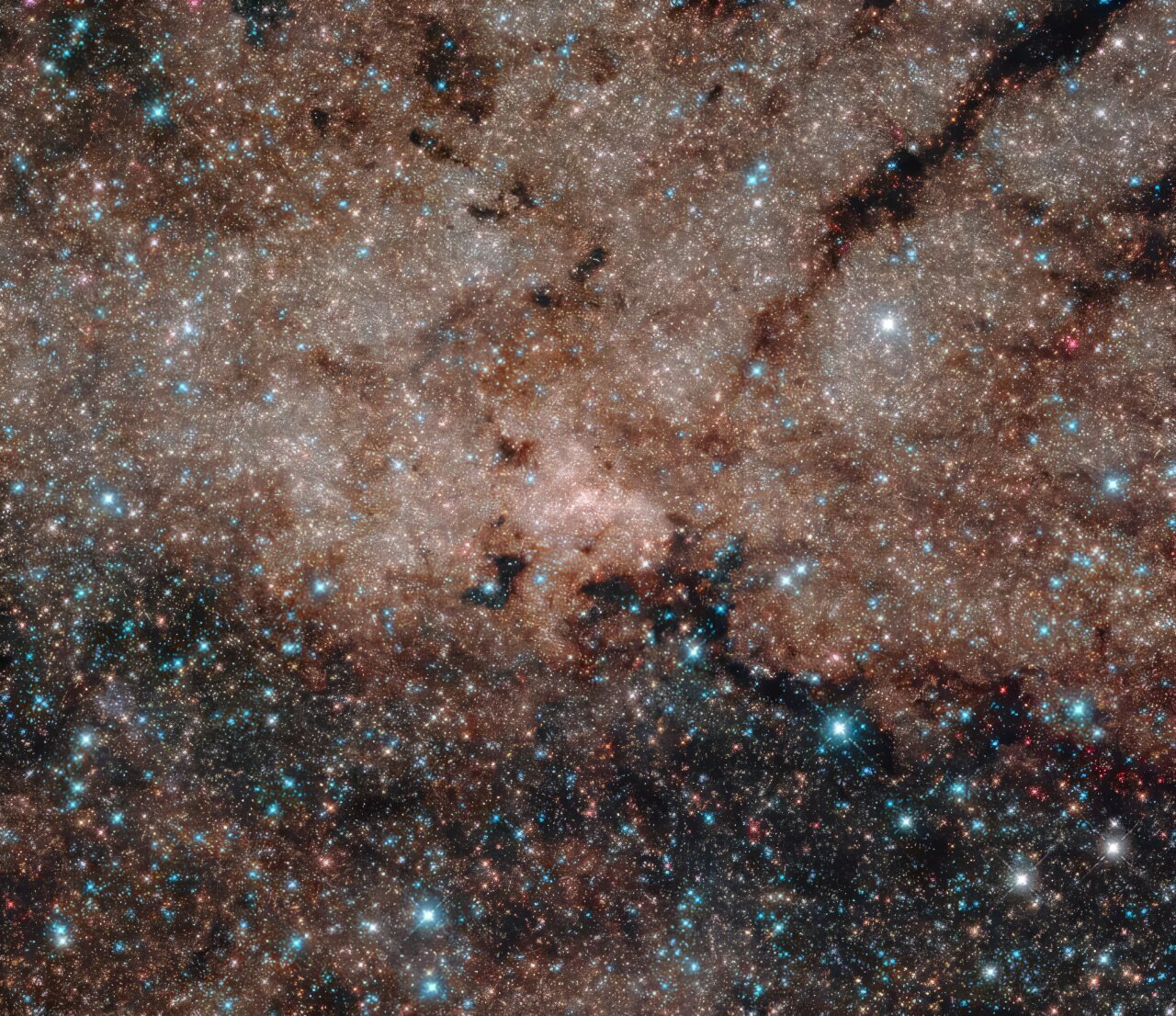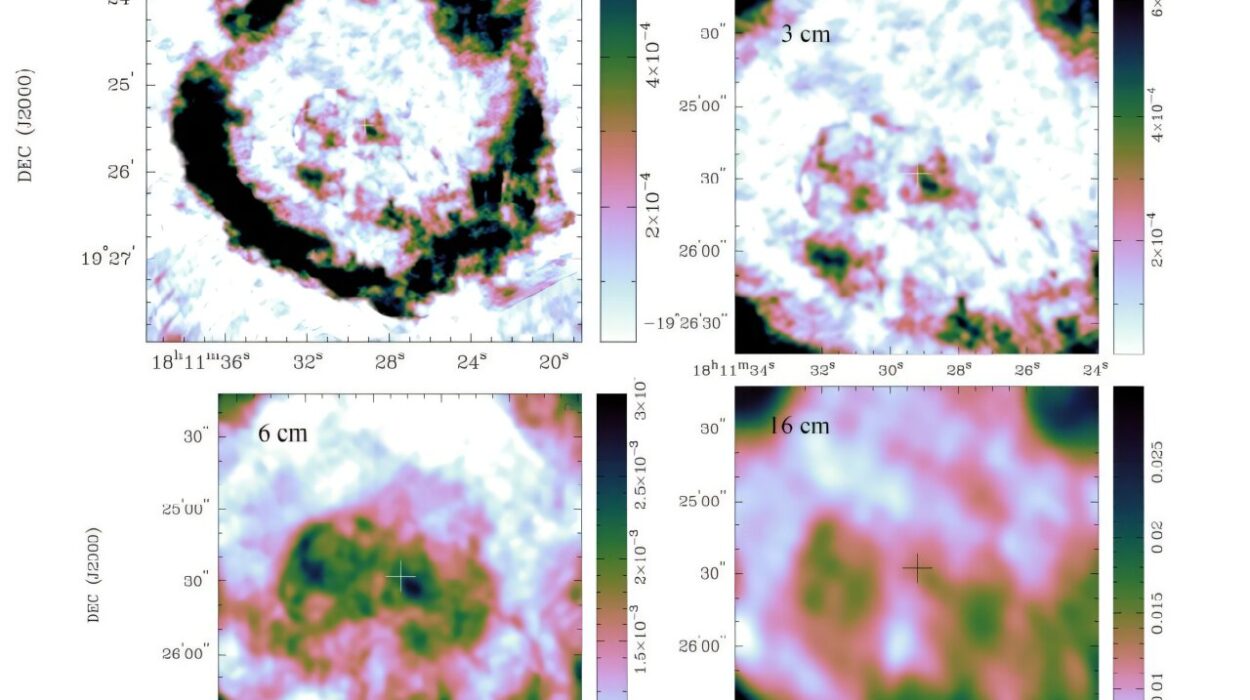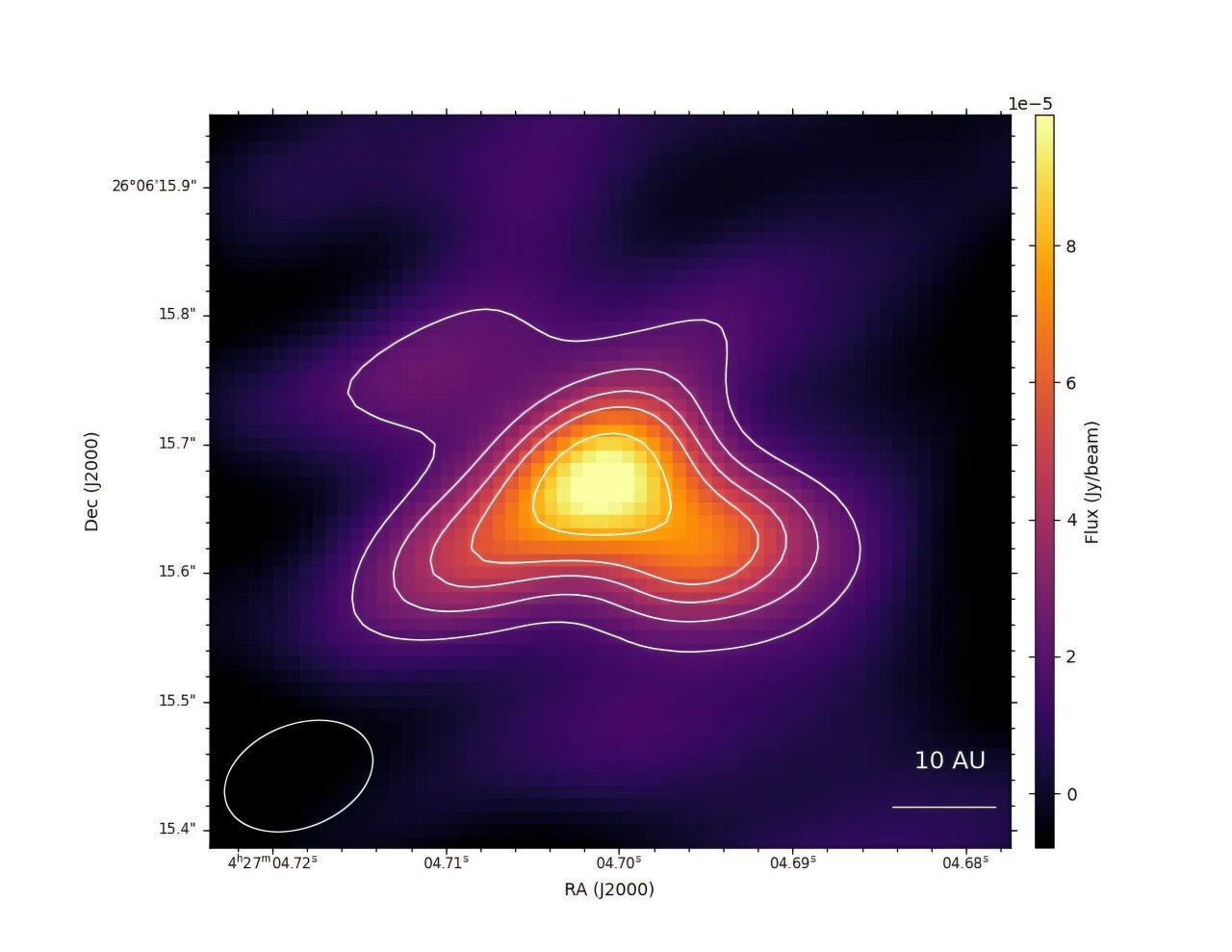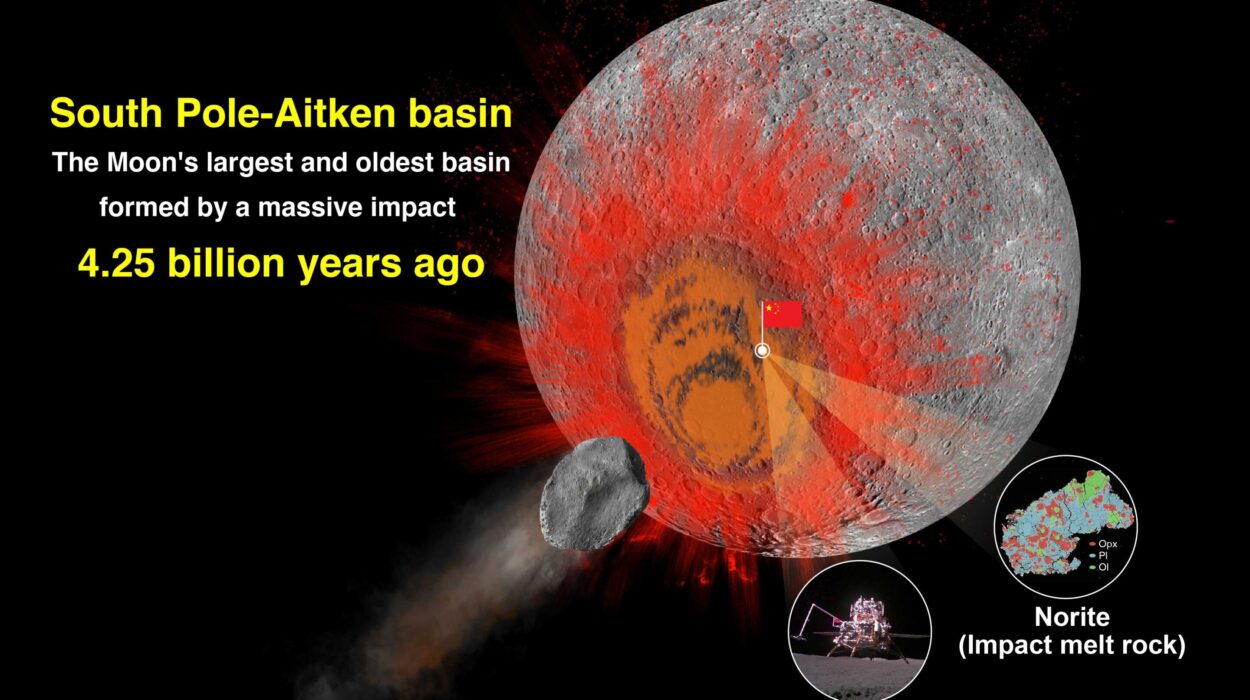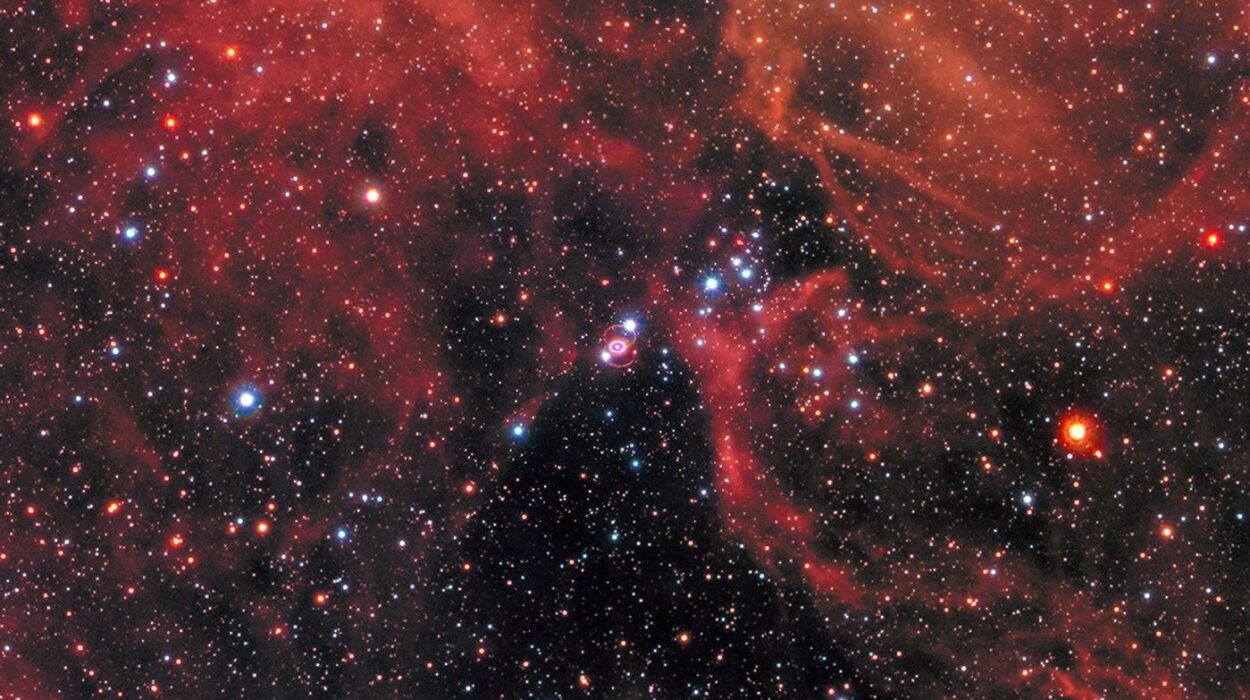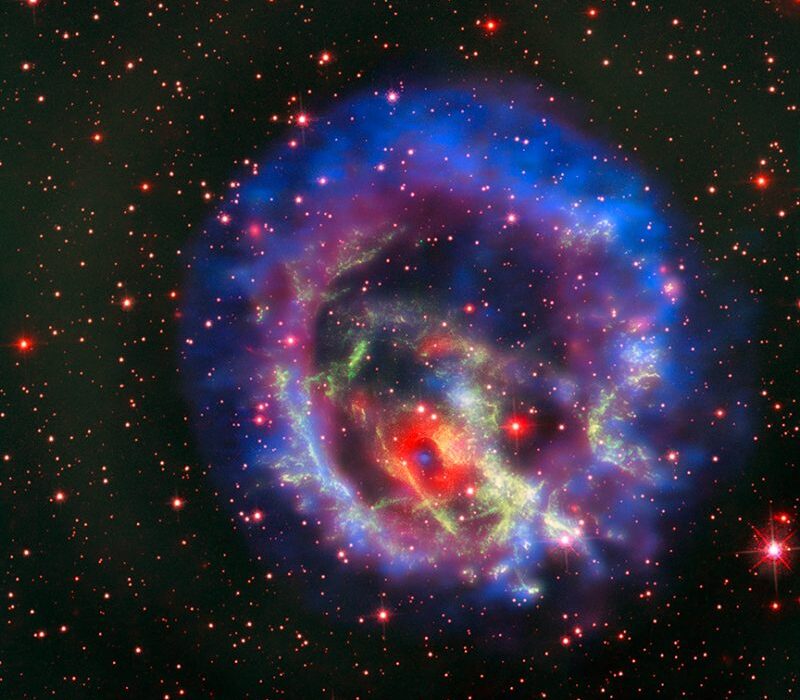Life as we know it would not exist without carbon, one of the essential building blocks of all known life forms. From the oxygen in our atmosphere to the iron in the core of Earth, and even the very bodies of life forms—from humans to bacteria—these elements owe their existence to stars. Carbon, along with other key elements such as oxygen and iron, was forged in the fiery furnaces of stars. These stars formed under enormous pressures, and during their explosive deaths, particularly in events like supernovae, they scattered these elements across the universe, setting the stage for the formation of new celestial bodies and life.
The science behind this cosmic recycling has become more clear thanks to a recent breakthrough by a team of researchers from the U.S. and Canada. Their findings reveal that elements forged in the hearts of stars do not simply float aimlessly through space. Instead, they embark on an intricate and fascinating journey, traversing the vast expanses between galaxies. These elements, including carbon, follow a remarkable trajectory in space, riding on massive currents known as the circumgalactic medium. This medium, essentially a huge cloud of material, plays a crucial role in the life cycle of stars and galaxies, circulating materials between the inner core of a galaxy and its farthest reaches. It acts like an enormous conveyor belt that pushes elements outward and draws them back into the galaxy, thus ensuring that the materials used for the birth of new stars, planets, and other celestial bodies are continuously recycled.
Samantha Garza, a doctoral candidate at the University of Washington, and one of the lead authors of a paper discussing these findings, described the circumgalactic medium as a vast, cosmic train station. In this analogy, stars, after they die and explode, release carbon and other elements into space. These elements become part of the circumgalactic medium, and then, over time, are drawn back into the galaxy, where they are once again used in star and planet formation. Garza highlighted how this process contributes to the long-term evolution of galaxies by ensuring that materials are perpetually recycled, ready to participate in the birth of new stars, moons, planets, and even life forms.
This newly confirmed understanding has vast implications for our knowledge of galactic and stellar evolution. It suggests that the carbon found in living organisms today—carbon which, quite literally, makes up a significant portion of the human body—has a cosmic origin. The carbon in our cells most likely spent vast stretches of time drifting between galaxies, brought together by forces over billions of years before it ultimately ended up on Earth.
Scientists first proposed the existence of the circumgalactic medium in 2011, identifying it as the vast cloud of material encircling star-forming galaxies. Back then, the circumgalactic medium was thought to predominantly contain hot gases rich in elements like oxygen. However, the latest findings by Garza and her colleagues extend this understanding, revealing that lower-temperature material, like carbon, is also part of this vast swirling cloud. This work suggests that the circumgalactic medium acts as a giant reservoir, storing not just hot gases but also heavier elements like carbon and oxygen.
Garza, who works alongside Jessica Werk, a professor and chair of the Department of Astronomy at the University of Washington, explained that this discovery opens up exciting new avenues for understanding how galaxies continue to evolve over long periods of time. By acting as a continuous recycling system, the circumgalactic medium ensures that the necessary materials are always available to create new stars and planets, perpetuating the cycles of birth, death, and rebirth in the cosmic dance.

The researchers’ work relied on observations from the Cosmic Origins Spectrograph on the Hubble Space Telescope. They studied how light from nine distant quasars was altered as it passed through the circumgalactic medium of eleven star-forming galaxies. Quasars, which are incredibly bright and distant objects, provided a powerful light source that, as it passed through the medium, absorbed elements like carbon. Through their spectrographic analysis, the researchers found that a substantial amount of light from these quasars was absorbed by carbon within the circumgalactic medium. In fact, they detected carbon stretching out as far as 400,000 light-years from the galaxy center—roughly four times the size of our own Milky Way galaxy—into intergalactic space.
This discovery points to a dynamic cosmic process where elements forged in the cores of dead stars are not lost but rather carried away, only to be reincorporated back into the system, ensuring the ongoing cycle of star formation. The findings give scientists a new perspective on the intricate nature of galactic evolution, particularly the role of heavy elements in the continuous creation of stars and planetary systems.
The study holds broader implications for our understanding of the lifecycle of galaxies. Stars play a crucial role in the buildup of heavier elements in the universe, but as galaxies mature, they can eventually run out of the raw material necessary for star formation. Without the continued addition of fresh material through a well-functioning circumgalactic medium, the process of star formation could slow down and ultimately stop, leaving galaxies in a “stellar desert” with dwindling supplies of the necessary elements.
Such a theory aligns with ideas about how galaxies mature and eventually exhaust their capacity for new star formation. If the cycling of material through the circumgalactic medium slows down or stops, it could explain why the stellar population in certain galaxies diminishes over long periods. Thus, a breakdown in the recycling process could contribute to the eventual “death” of a galaxy in terms of its star-forming activity.
Researchers will continue studying this important aspect of galactic and elemental recycling. Future observations and more refined models could help quantify the full range of elements present in the circumgalactic medium. More detailed studies will be crucial in comparing the material in star-forming galaxies with that in galaxies whose star formation has ceased. This could help astronomers understand the tipping point at which a galaxy transitions into a stellar desert and no longer actively contributes to the universe’s pool of new stars and planetary systems.
Reference: Samantha L. Garza et al, The CIViL* Survey: The Discovery of a C iv Dichotomy in the Circumgalactic Medium of L* Galaxies, The Astrophysical Journal Letters (2024). DOI: 10.3847/2041-8213/ad9c69
